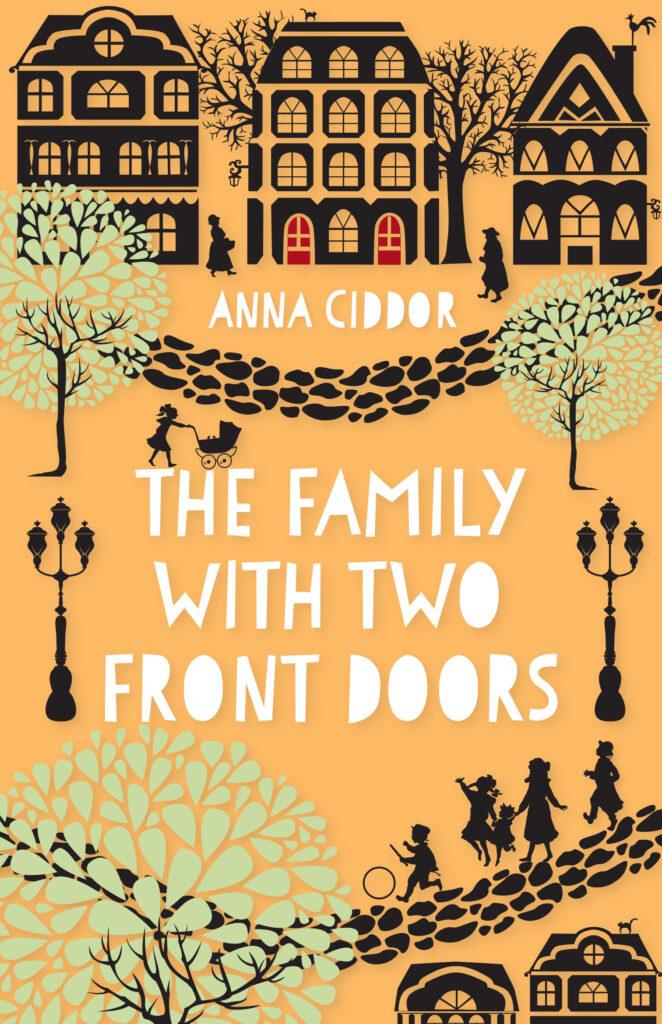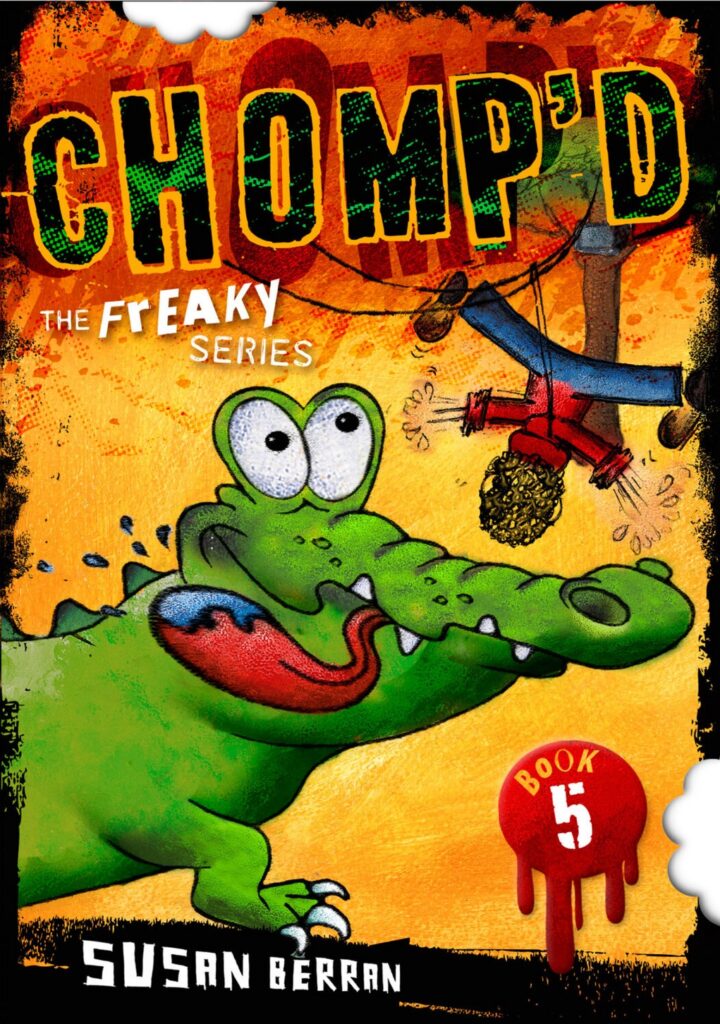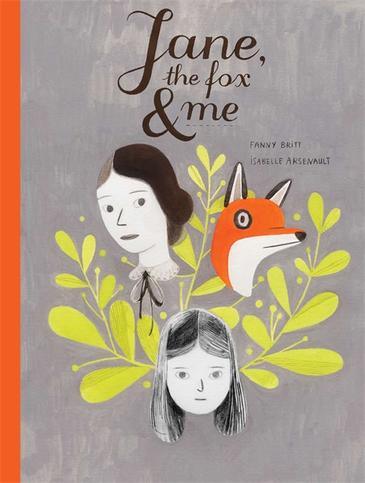Anna Ciddor, The Family with Two Front Doors, Allen & Unwin, March 2016, 208pp., $14.99 (pbk), ISBN 9781925266641
The home of the Rabinovitches has two front doors because Papa is a rabbi and conducts his business behind one and the other houses his wife, himself and eight of his nine children. The eldest, seventeen-year-old Aaron, is already married.
This is pre-war Poland. The Rabinovitches are comfortably off, and generous to all. They help the poor and give sensible advice to those in trouble. Their religious observance is strict but happy. They love each other and their friends, and their daily routines are carried through with attention and respect. There are brief moments where other inhabitants of Lublin sneer at them and call them names, but the family is unaware of the horror to come. The reader who knows nothing of history may assume the best for the future for all of them.
Adina, the eldest girl, who is fifteen, is about to be betrothed to a man she has never met, so the sewing, cooking and cleaning is done at a frantic pace. Each child has a task to complete, although baby Bluma’s only work is to keep crawling in everyone’s way. We are shown the daily life of a deeply religious Jewish family, and given an insight into each character’s feelings about it all.
Ciddor’s story is based on the life of her grandmother, Nomi, one of the three people from this warm, kind family of eleven who survived the war.
There is little wrong-doing, no violence and no hatred in Ciddor’s account of Jewish life in pre-war Poland, but a charming reconstruction of daily routines. It is too painful to contemplate what evil was lying in wait.
Reviewed by Stella Lees





